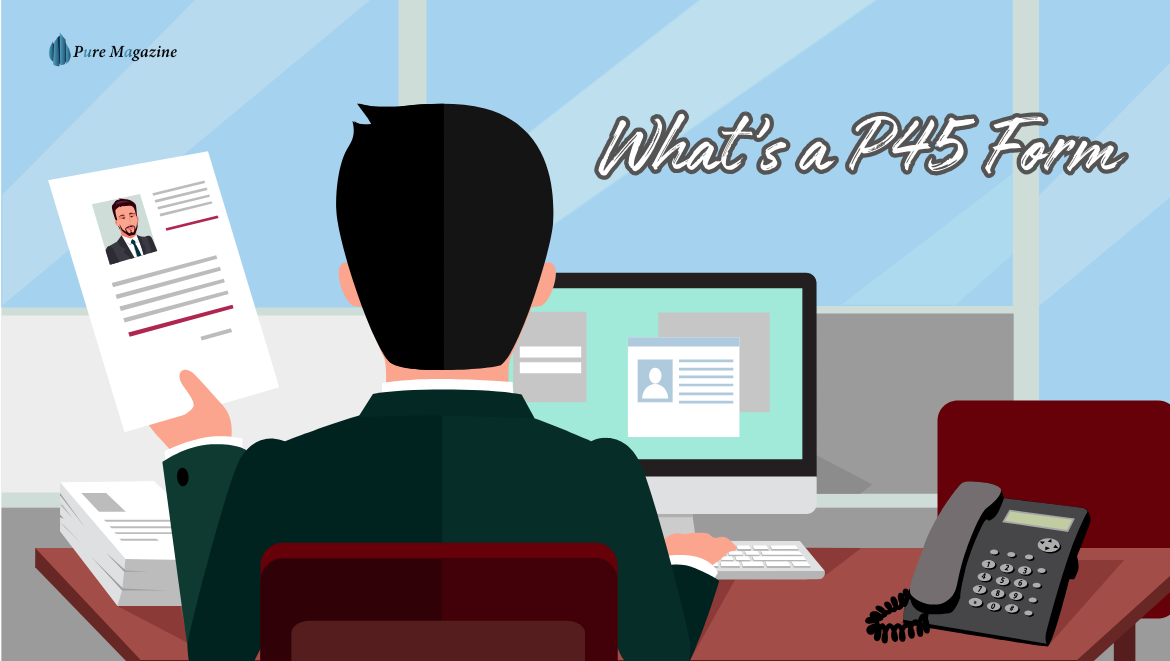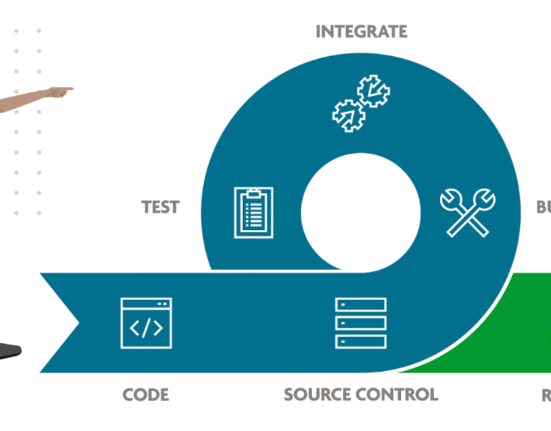Did you know millions of UK employees risk overpaying tax every year simply because they don’t get their P45 on time? If you’ve ever left a job in the UK, you probably had to juggle final pay, say goodbye to colleagues, and maybe hand back a laptop. But one crucial piece of paperwork (or a digital file nowadays) follows you out the door: the P45.
This guide breaks down everything you need to know about what’s a P45 form—what it is, why it matters, and how it affects your taxes and future pay—so you can leave one role and start the next without any financial headaches.
What’s a P45 Form?
A P45 is an official UK tax document that your employer must give you when you leave a job. It shows:
- How much you’ve earned in that tax year (from 6 April onwards)
- How much income tax have you already paid up to your leaving date
Think of it as a snapshot of your tax history when you exit one job. It’s important for three main parties: you, your next employer, and HMRC. By law, every UK employer must issue one under PAYE rules—whether you resign, are made redundant, retire, or even take a career break.
Why Your P45 Matters
Your Financial Safety Net
- Keeps a clear record of your pay and tax to date
- Ensures your new employer applies the correct tax code
- Prevents “emergency tax” deductions
- Can serve as proof of employment for benefits, mortgages, or loans
Smooth Start for Your New Job
- Helps set up payroll correctly from day one
- Ensures accurate tax and National Insurance deductions
- Keeps your earnings record seamless
Accuracy for HMRC
- Maintains accurate tax records
- Prevents duplicate or missing payments
- Tracks exactly what’s been paid
When Should You Get a P45?
You’ll receive one whenever you leave a job, including:
- Resignation
- Redundancy
- Retirement
- Dismissal
- Career breaks
Your employer must provide it on or before your last working day. Most people receive it alongside their final payslip or within a few days.
Didn’t get one? First, contact your employer—they’re legally required to provide it. If that fails, HMRC can supply your records directly.
P45 vs P60: The Key Differences
P45 is issued when leaving a job, P60 at the end of the tax year, and each serves a different tax purpose.
| Feature | P45 | P60 |
| When issued | Leaving a job | End of tax year (after 5 April) |
| Purpose | Shows earnings & tax paid to the leaving date | Summarizes total pay & tax for full year |
| Who needs it | New employer | Only if still employed on 5 April |
| Parts | Several | Single document |
If you switch jobs mid-year, you’ll often have both a P45 from your old employer and a P60 from your new one.
What’s Inside a P45? (Breaking Down What’s a P45 Form Includes)
A P45 comes in four parts:
- Part 1A (for you): Personal & employer details, pay to date, tax paid, tax code, leaving date
- Parts 2 & 3 (for your new employer): Copies to continue your tax record
- Part 1 (for HMRC): Sent by your old employer to update official records
How to Use Your P45
Your P45 helps you manage tax correctly, whether starting a new job, taking a break, or going self-employed.
Starting a New Job:
Hand parts 2 and 3 to your new employer to:
- Get the right tax code
- Avoid emergency tax
- Keep your earnings record continuous
Taking a Break from Work:
Keep your P45 safe for:
- Universal Credit
- Jobseeker’s Allowance
- Mortgage or loan applications
- Self Assessment
Going Self-Employed:
Keep it for your tax return—it shows what you earned before going solo.
Lost or Missing P45: What to Do
If your P45 doesn’t arrive, there are quick steps to recover your tax details or avoid emergency tax.
- Contact your old employer—they can usually reissue it
- Check your HMRC Personal Tax Account
- Call HMRC with your NI number and job details
- If all else fails, your new employer can use a starter checklist, but you may pay temporary emergency tax
Common Problems and Fixes
A P45 error or delay can cause emergency tax, mismatched records, or payment issues—but each has a solution.
- Emergency Tax: Without a P45, you may be put on code 1257L M1, leading to higher deductions. Correcting it allows you to reclaim overpaid tax.
- Errors on the Form: Contact your old employer to correct mistakes. HMRC can intervene if needed.
- Multiple Jobs: Ensure each P45 matches your earnings; the final P60 ties everything together at year-end.
Digital P45s
Many UK employers now issue P45s electronically, making them faster, easier to store, and just as valid as paper copies.
With payroll software now the norm, most employers provide digital P45s instead of paper forms. These electronic versions carry the same legal weight as traditional ones, but they’re usually sent by email or made available through an online employee portal.
Digital P45s are:
- Easier to access (you can download them anytime)
- Securely stored in employer systems or tax accounts
- Accepted everywhere that requires proof of income or tax details
Whether digital or paper, both versions serve the same purpose—keeping your tax and pay records accurate when you leave a job.
Legal Rules and Deadlines
Employers must:
- Provide your P45 by your last day
- Send Part 1 to HMRC by 19 May after the tax year ends
- Avoid late or incorrect submissions to prevent penalties
Employees should:
- Give your P45 to your next employer promptly
- Keep tax records for at least 22 months after the tax year ends
- Double-check details and report errors
FAQs
Q: What should I do if I lose my P45?
A: First, ask your old employer for a replacement. If they can’t provide one, check your HMRC Personal Tax Account or call HMRC directly.
Q: Do I need a P45 if I’m going self-employed?
A: Yes. A P45 records your final pay and tax, which is useful when completing your first Self Assessment.
Q: Can I be taxed wrongly without a P45?
A: Yes. Without it, your new employer may use an emergency tax code. Handing over your P45 helps set the correct code.
Q: How long should I keep my P45?
A: Keep it for at least 22 months after the tax year ends, in case HMRC or lenders request it.
Final Thoughts
A P45 might feel like just another piece of paperwork, but what’s a P45 really about? It’s the document that keeps your tax life tidy. It protects you from overpaying, ensures smooth payroll transitions, and maintains accurate official records.
Takeaway: Keep it safe, hand it to your new employer quickly, and check the details. Your old employer or HMRC can help if anything’s missing or incorrect. Whether moving to a new role, retiring, or taking a break, your P45 is the bridge that carries your tax story to the next chapter.
Visit: Pure Magazine








